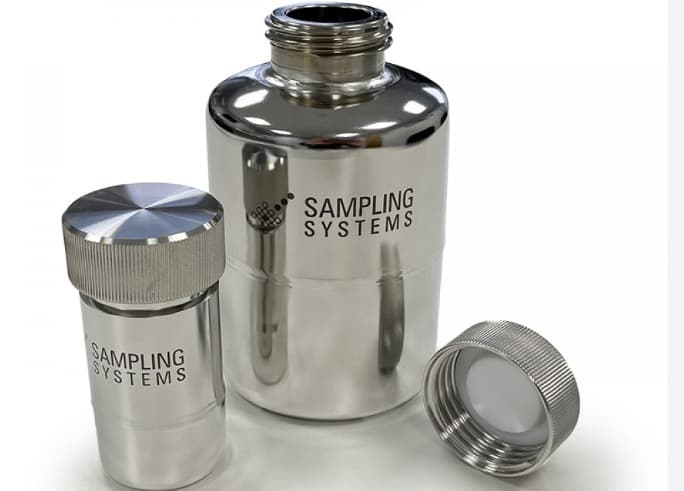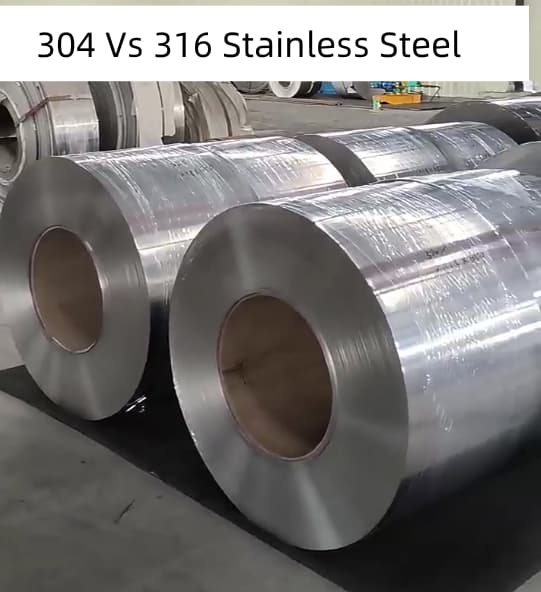
304 stainless steel is the most common food-grade stainless steel material in our daily life. It is widely used in tableware, kitchen utensils, storage containers and other fields. It is favored by consumers for its excellent corrosion resistance and high strength. However, there are many types of stainless steel materials on the market, especially 304 and 316 stainless steel materials, which often cause heated discussions. When used as kitchen utensils, which stainless steel material is safer and healthier has become the focus of people’s attention.
As a professional stainless steel kitchenware manufacturer, Hengguang has rich experience in the field of stainless steel and is familiar with 304 stainless steel and 316 stainless steel. Next, I will introduce you the differences between 304 and 316 stainless steel in the future.
What Is The Difference Between 304 And 316 Stainless
304 stainless steel, also known as 18-8 stainless steel, contains 18% chromium and 8% nickel. It has excellent corrosion resistance, toughness and strength, so it is widely used in making tableware, kitchenware, water utensils, storage containers and other household products. And due to its excellent durability and relatively economical cost, 304 stainless steel has become the most common stainless steel material in home kitchens.
In contrast, 316 stainless steel is considered a higher grade stainless steel material. It not only contains 16% chromium and 10% nickel, but also an additional 2% molybdenum. The addition of molybdenum makes 316 stainless steel more corrosion resistant in harsh environments, especially in high salt, high acid or high humidity conditions. In addition, 316 stainless steel is more stable in high temperature environments, which makes it widely used in certain professional fields (such as marine equipment, chemicals, medical equipment, etc.).
The main difference between the two stainless steels is whether they contain molybdenum in their composition. Molybdenum improves the corrosion resistance of 316 stainless steel and enhances its resistance to chloride ion corrosion, which makes 316 stainless steel more advantageous in marine applications, chemical processing, and products that need to be exposed to harsh environments for a long time.
Although 316 stainless steel has superior performance, 304 is already competent in most daily life applications. It can effortlessly resist the attack of acids, alkalis, salts and other corrosive substances encountered in daily kitchens, and is relatively more expensive. Economical and cost-effective. For most consumers, unless they need to deal with extreme conditions or are exposed to corrosive substances for a long time, choosing tableware and kitchen utensils made of 304 stainless steel is undoubtedly a wise and economical choice.
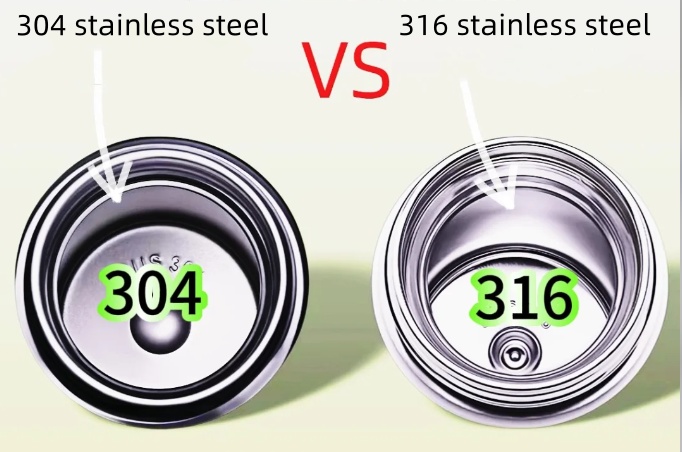
Is 304 and 316 Stainless Steel Magnetic
Magnetism is a common point of concern when discussing stainless steel. 304 and 316 stainless steel, as typical representatives of austenitic stainless steel, are usually considered to be non-magnetic in their original state. However, this property is not absolute, and under certain conditions, these two stainless steels may exhibit some magnetism.
304 Stainless Magnetic
304 stainless steel is often referred to as non-magnetic stainless steel, but this does not mean that it completely rejects magnetism. In fact, during the manufacturing process, especially during cold working or stretching, the crystal structure of 304 stainless steel may undergo a transformation that gives it a weak magnetic property. Therefore, some 304 stainless steel products that have been formed or stretched may be weakly magnetic, but overall it is still considered a low-magnetic material.
316 Stainless Magnetic
Similar to 304 stainless steel, 316 stainless steel usually does not show magnetic characteristics without special treatment. But similarly, when they undergo cold working, such as stretching or bending, the internal crystal arrangement may change subtly, inducing a weak magnetic response. Even under such conditions, the magnetism exhibited by 316 stainless steel is still quite limited, and its magnetic tendency is weaker than that of 304 stainless steel.

Will Stainless Steel 304 And 306 Rust?
Although 304 and 316 stainless steel are known for their good rust resistance, they are not completely rust-free. Under certain specific environmental conditions, 304 and 316 stainless steel may still rust.
Under normal circumstances, 304 stainless steel has very good resistance to rust. However, if it is exposed to extreme environments, such as high salinity environments (such as coastal areas or marine environments) or corrosive substances such as strong acids and alkalis, it is still possible to rust. In addition, if the surface of 304 stainless steel is scratched or damaged, destroying its protective layer, it will also increase the risk of rust. 316 stainless steel is an upgraded version of 304 stainless steel. It adds 2% to 3% molybdenum to 304. This addition makes 316 stainless steel excellent in resistance to chloride ion corrosion, especially suitable for marine environments and other environments containing chloride ions. Therefore, compared with 304 stainless steel, 316 stainless steel has better corrosion resistance in most cases, including rust resistance. However, like 304 stainless steel, 316 stainless steel is still likely to rust if the surface is severely damaged or exposed to extremely corrosive environments for a long time.

Price Difference Between 304 and 316 Stainless Steel
Since prices fluctuate with market changes and prices may vary in different regions, it is difficult to give a fixed price difference. But generally speaking, under the same specifications and quality, the price of 316 stainless steel will be 20%-30% higher than that of 304 stainless steel.
How To Check Stainless Steel 304 And 316
From the appearance, there is almost no obvious difference between 304 and 316 stainless steel. However, due to the addition of molybdenum, the material cost of 316 stainless steel is higher. The price of 316 stainless steel products on the market is often 10%-20% higher than 304, or even more. Therefore, checking the product label, material description or asking the supplier is also a way to distinguish.
A simple acid test is a way to distinguish between 304 and 316 stainless steel. Use concentrated sulfuric acid or concentrated nitric acid to drop on the surface of the two stainless steels. 304 stainless steel is prone to discoloration or oxidation in an acidic environment due to the lack of molybdenum, while 316 stainless steel, because it contains molybdenum, can better resist acid corrosion, and the surface changes are small or even unresponsive. By observing the reaction after the acid, the type of stainless steel can be quickly determined.
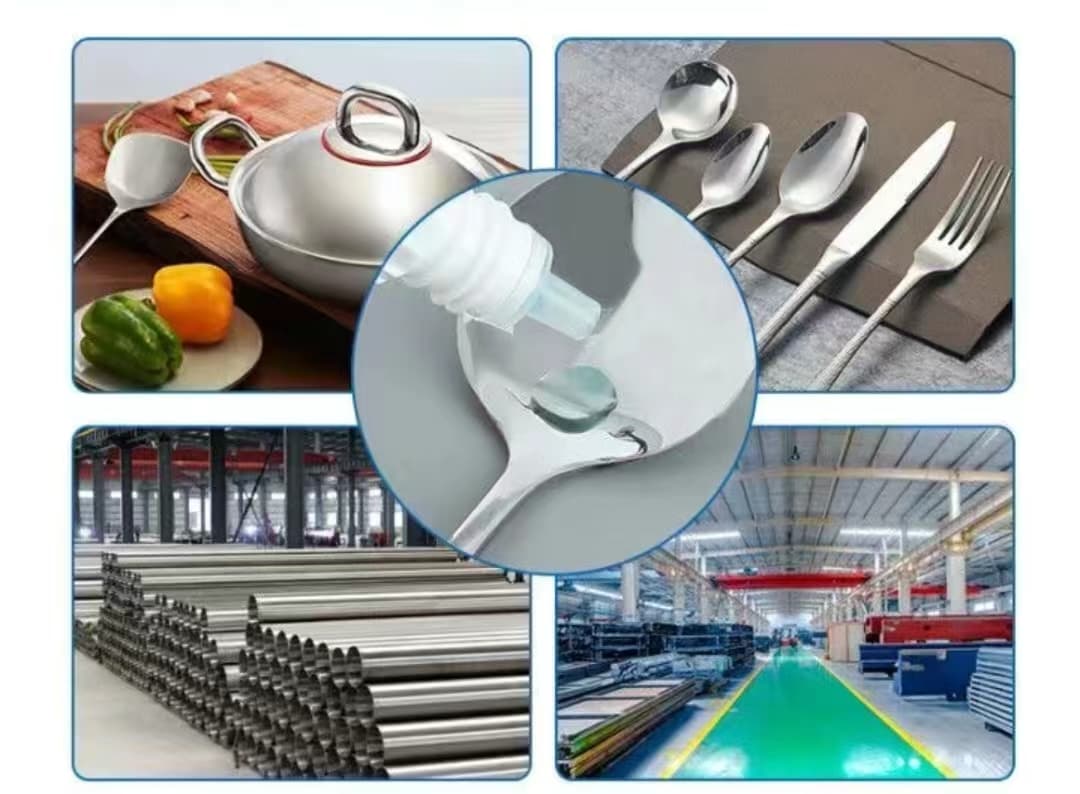
Applications Of 304 Stainless Steel
304 stainless steel is the most common type of stainless steel, and its wide applications include:
Food processing equipment: such as kitchen utensils, tableware, food storage containers, etc.
Household items: such as stainless steel sinks, kitchen utensils, cookware and decorative parts.
Building materials: such as stainless steel railings, building decorations and pipes.
Medical equipment: some surgical instruments and some components of medical devices.
Automotive industry: used in automobile exhaust systems, decorative parts, etc.
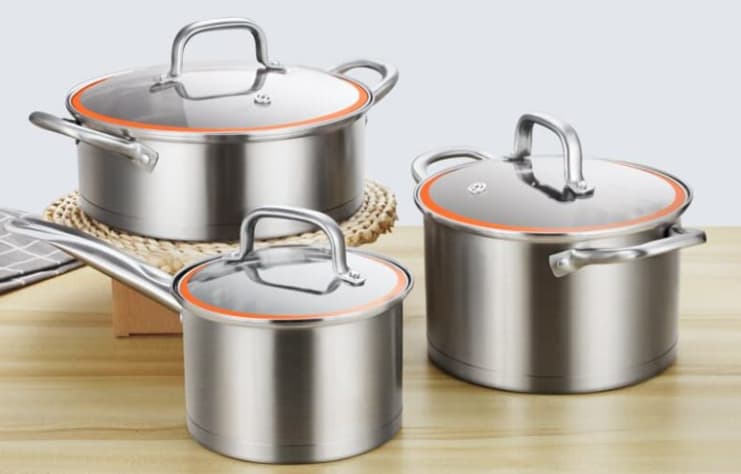
Applications Of 316 Stainless Steel
304 stainless steel is the most common type of stainless steel, and its wide applications include:
Food processing equipment: such as kitchen utensils, tableware, food storage containers, etc.
Household items: such as stainless steel sinks, kitchen utensils, cookware and decorative parts.
Building materials: such as stainless steel railings, building decorations and pipes.
Medical equipment: some surgical instruments and some components of medical devices.
Automotive industry: used in automobile exhaust systems, decorative parts, etc.
